How to Get a Video Removed from the Internet?
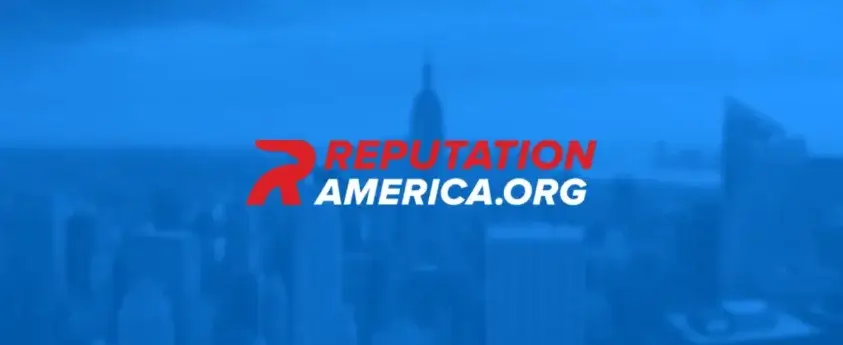
Today, many individuals and organizations struggle to remove videos from the Internet, sending removal claims to hosting platforms and owners. But the content keeps resurfacing again and again, which is quite a common situation. This blog aims to provide a comprehensive guide on how to get a video removed from the Internet, ensuring your online presence is managed and protected.
Can You Really Erase Videos from the Internet?
The issue of removing visual content from the Internet is really a burning one. If you are facing a problem that can be formulated like “How do you remove the video from the Internet?” you should know that it may be a hard case, like with the negative videos, including compromising, non-consensual, unsolicited content, etc. These can significantly impact personal privacy and harm business reputations.
Or, it may be just an embarrassing reel from your childhood when you wanted to be an Internet comedian and made a YouTube channel. You may want to take down the videos (or at least some of them), but you don’t remember what email you used for the channel, so you don’t know how to even begin to troubleshoot this.
Or, for example you have a store on Etsy selling handmade products. Your business is prospering, but then suddenly one negative review comes in with 3 out of 5 stars and stating that the product was “glossier” in the pictures. The customer is not satisfied and attaches a video of the product without any defects and fully corresponding to the photo on Etsy. The customer won’t respond, and the review isn’t going to change. After that happens, sales drop off to zero. You feel that the review negatively impacts things moving forward. What would you do?
Actually, it is possible to remove videos from the Internet, but the success of your efforts largely depends on the platform hosting the content. For instance, YouTube, one of the most popular hosting services, has clear policies in place that can facilitate the removal process, although strict rules can complicate matters. On the other hand, attempting to delete videos from the Internet from other hosting services can vary in difficulty, influenced by their specific policies, response time, and the authors of the content.
How to Remove a Video from the Internet
Unwanted images can rapidly circulate on the Internet, possibly damaging your business reputation or privacy. Knowing how to properly remove a video from the Internet is key to keeping your online presence under control. Here is how you can protect your rights.
Stages to Report and Remove a Video from YouTube
- Identify the Violation: Search for instances when the content infringes the YouTube community guidelines, i.e., privacy or copyright infringement.
- Report the Video: Select the “Report” link below the video to ask for it to be removed, providing appropriate information regarding the violation.
- Follow Up: Check the report status, as YouTube acts slowly to screen and act.
Vimeo Video Removal
- Check Vimeo’s Guidelines: Familiarize yourself with Vimeo’s content policies to understand if there are any reasons for the removal of the unwanted content in question.
- Submit a Takedown Request: Use the appropriate forms provided by Vimeo to report the content for copyright or privacy violations.
- Wait for Response: Vimeo will look into your request and respond to you regarding their decision.
Social Media Video Removal Appeals on Facebook, Instagram, TikTok
- Facebook: Report the video using the “Report” option (click on the three dots in the top right corner of the video), citing the appropriate infringement.
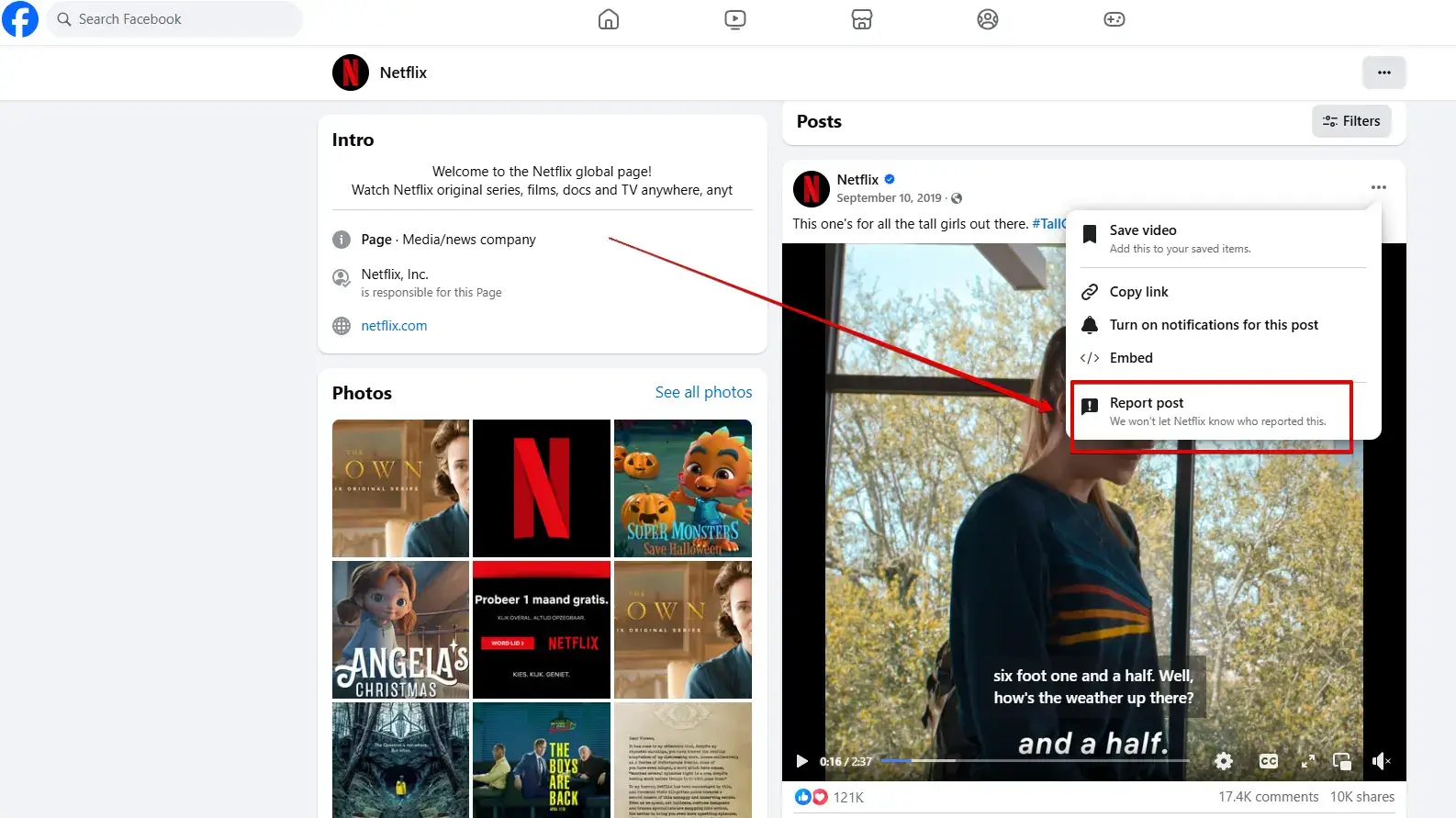
Facebook does have some guidelines for removing content.
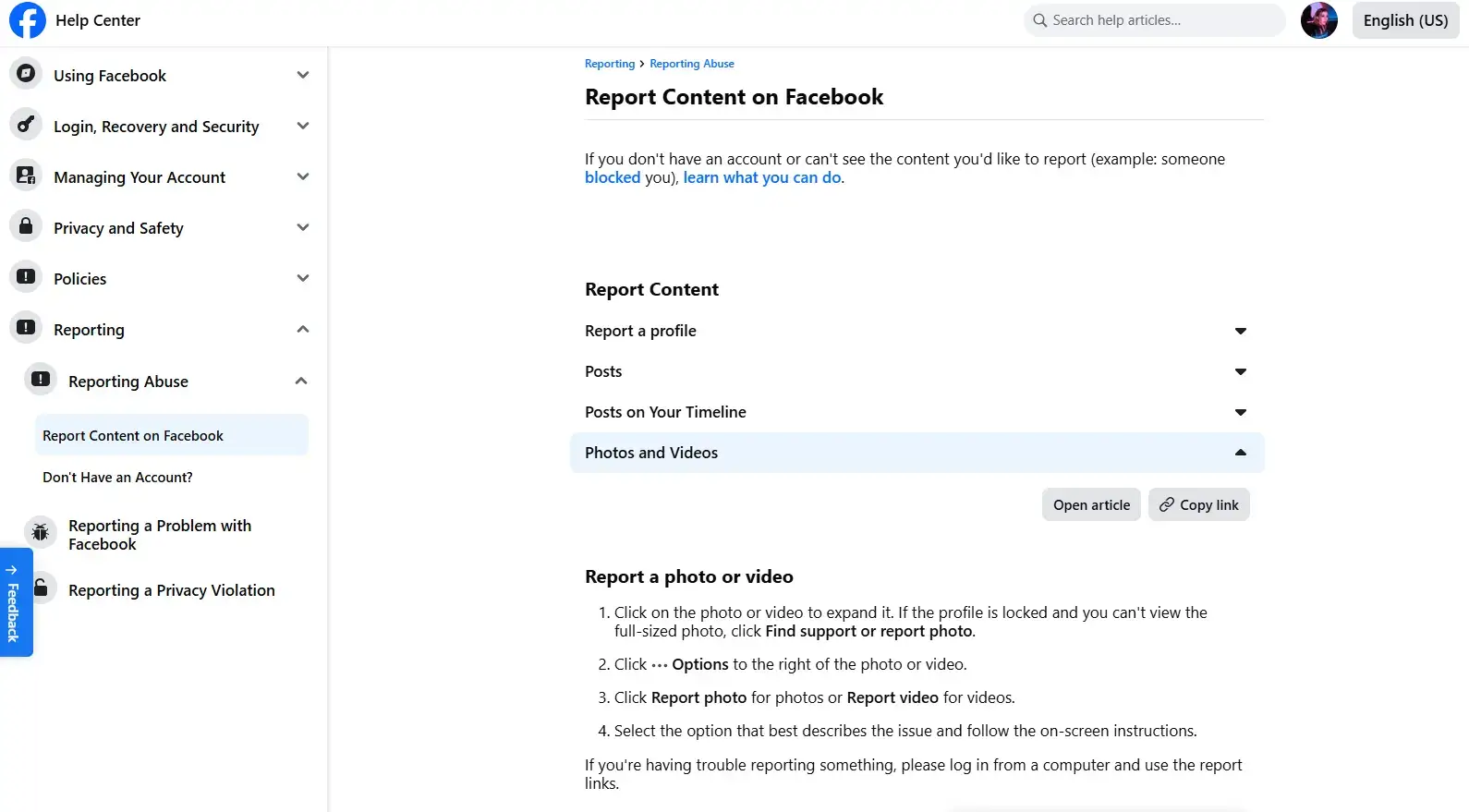
Here are some links to forms of claims for copyright and privacy infringement:
- Instagram: If the visual has been posted without your consent or violates your rights in any other way, tap on the “Report” icon and then on the “Reason why” and choose the appropriate infringement. here are the like leading to report forms:
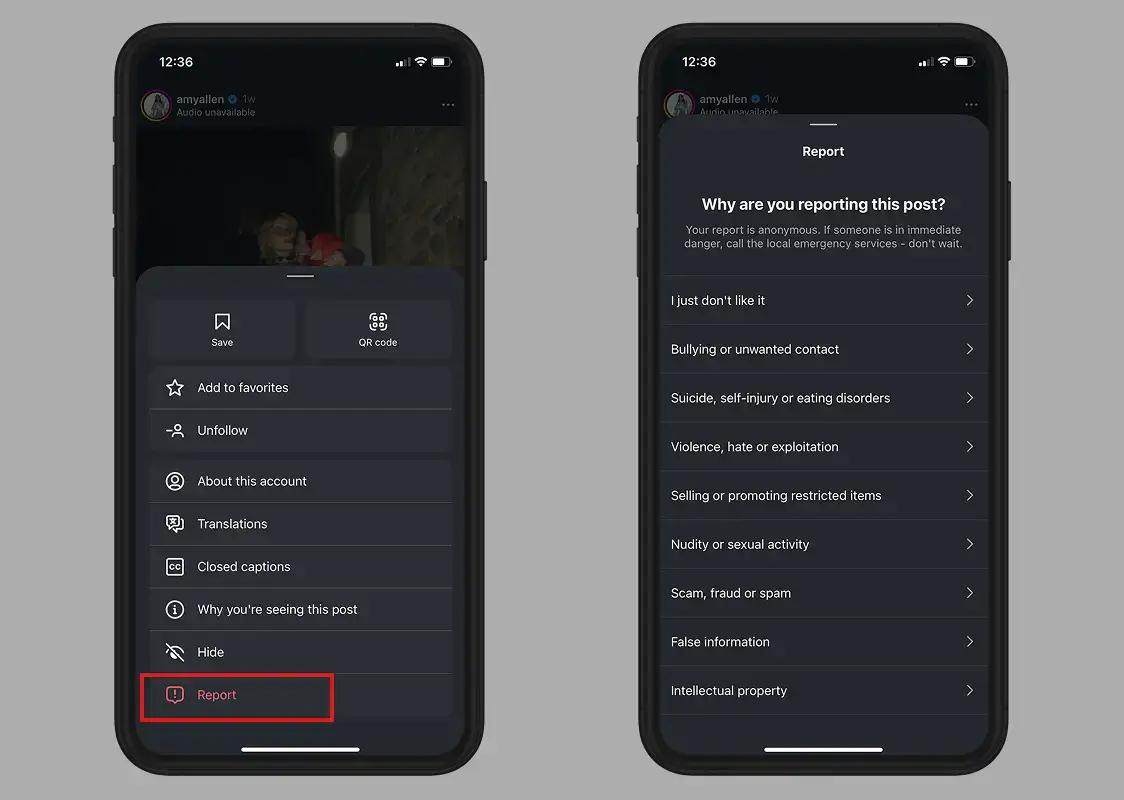
- TikTok: As on other platforms, use the “Report” option to mark up the videos that violate community standards or copyright policies. TikTok also provides the forms you can use for reporting violations:
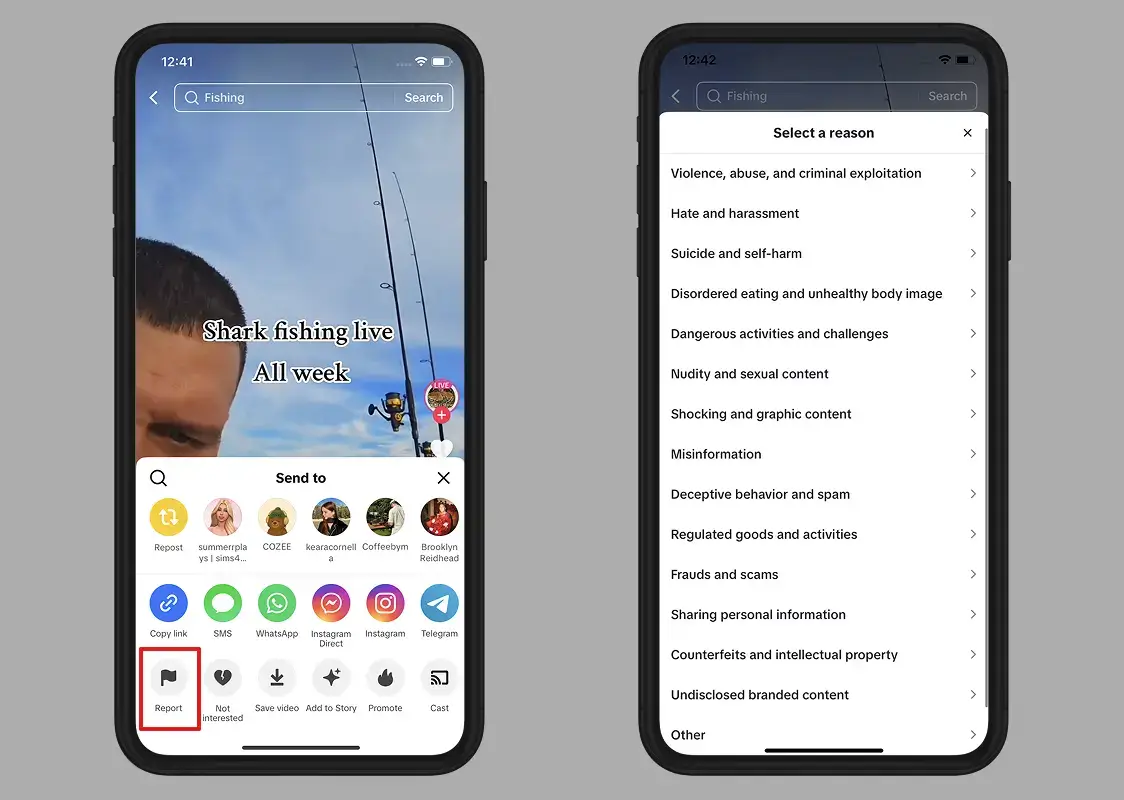
Other Platforms Not Primarily for Video Hosting
Removing visual content from non-video hosting platforms can be more complex, as the removal process often relies on internal content posting rules rather than strict policies. However, you can still report the video through available channels. The simplest way is to approach the admin of the platform directly and request the removal of personal videos.
What Should You Pay Attention to in Order to Remove a Video?
When seeking to remove a video from the Internet, focus on the valid reasons such as copyright infringement, privacy violations, and hateful or abusive content. Hosting platforms like YouTube and social media sites have specific guidelines that outline acceptable grounds for content takedown. If a reel does not violate these policies, you may need to explore alternative strategies for removal. To avoid escalating conflicts during the removal process, maintain a calm and professional demeanor in your communications.
Dealing with Re-uploaded and Viral Videos
Sometimes, even if you try to remove the video, there is a high chance you will not find all instances of it. You can press any website into having the content deleted and have it scrubbed from any and all Internet archives, but someone somewhere probably has a copy of it saved on their hard drive, and there is nothing stopping them from reposting it again later. So, this person can re-upload the removed video, and it will resurface in some other place.
However, removing a re-uploaded video (the reel that comes resurfacing again and again) is generally easier, as it can often be classified as spam. In these instances, reporting copyright violations can be effective, especially since multiple copies may exist. Additionally, you can request that the platform take preventive measures to stop users from uploading such videos again (if you’re wondering how to delete viral video from the Internet, the same principles apply).
Sometimes, you don’t even need to report a re-uploaded video. For example, on YouTube, when you have the content re-uploaded, the algorithm reads codes and data on the file. So, if you re-upload the same file with the same code, it’s obviously the same video for the system (unless you re-render the video and redo the thumbnail so it gets a new code). Re-uploading the same video can trigger YouTube’s “suspicious activity” protocol, and, as a result, this content won’t get any impressions or CTR (click-through rate), which is actually good since you don’t want people to see the content.
What to Do If a Video Cannot Be Removed
If a video cannot be successfully removed, focus on minimizing its impact on search results. Implement reputation repair strategies, such as creating positive content and reviews that can overshadow the negative information.
Think of a situation when an individual got into a physical altercation at a bar and was charged and convicted of a crime. The altercation was videoed, and that was 25 years ago. At present, this search result is hindering the person’s ability to find employment. It shows up on page 1 of Google and is the #1 result when searching the guy’s name.
In this case, the right solution will be to seek help from a reputation firm that specializes in creating content to ‘push down’ the negative search results. In such companies, they utilize search engine optimization (SEO) techniques that can also help push unwanted content down in search rankings, making it less visible to potential viewers. However, the video will still remain in the public domain and when searching for certain keywords it will still be possible to find it in search engines.
Using an Internet Video Removal Service
Imagine a situation when you have some stuff (maybe nothing important, just assorted posts from the times when you were a minor and didn’t care much about the image), and you want it all gone because it comes up whenever other people search your name on Google. Or maybe you are a public company CEO who doesn’t like his/her data exposed (a video from a corporate party showing up on the 1st page of results after doing a simple Google search). You realize that it will be too time-consuming for you to delete all the stuff yourself, so you start looking for someone who can do it for you.
In general, engaging these professionals can really simplify the process, allowing you to have the work done quickly and effectively with minimal risk. These services often have experience navigating the complexities of various platforms and can increase your chances of successfully removing videos from the Internet.
Conclusion
Don’t ask, “Can you delete videos from the Internet?” Just start troubleshooting the issue. Removing a visual from the Internet can be a challenging endeavor, but it is achievable with the right approach and knowledge. Proactive reputation management is essential to prevent future issues related to unwanted online content. By understanding the processes and resources available, you can take control of your online presence and protect your reputation.
FAQ
What reasons are valid for video removal?
Valid reasons include copyright infringement, privacy violations, and the presence of hateful or abusive content.
How long does the removal process take?
The time frame varies depending on the platform and the complexity of the case, but it can take anywhere from a few days to several weeks.
Can I remove a video that I didn’t upload?
Yes, you can request the removal of a visual that you did not upload if it violates your rights, such as copyright infringement or privacy violations. You’ll need to provide valid evidence and follow the platform’s reporting procedures.
What if my removal request is denied?
If your request is denied, carefully review the platform’s guidelines to understand why. You may need to gather more evidence or consider other strategies, such as contacting a legal professional for advice.
How to delete videos from the Internet if they keep reappearing?
If the visual content keeps resurfacing, you can report each instance as spam and cite copyright violations. Additionally, you can request that the platform implement measures to prevent further re-uploading of the same content.
Is it possible to remove personal videos that have been shared without consent?
Yes, you can request the removal of non-consensual/unsolicited visual content. Be sure to provide the necessary proof to support your claim.
What are the steps to remove a video from Internet platforms like TikTok or Facebook?
In different social networks, there are different rules for how to delete video from Internet. For TikTok, use the “Report” feature to flag the content for violating community guidelines. For Facebook, report the video and specify the grounds for removal, such as copyright infringement or privacy issues.
How can I deal with a video that has gone viral?
If a video has gone viral and is damaging your reputation, you should pay attention to the SEO techniques of how to delete a viral video from Internet. Focus on creating positive content that can overshadow it. Use SEO techniques to push the negative content down in search rankings, making it less visible.
Sources
In taking unwanted videos or content off the Internet, having the right information and resources is essential. The following sources are useful guidelines on dealing with the removal process, understanding of your rights, and getting legal advice when necessary. Whether you’re dealing with social media websites or legal issues, these resources will help you make informed decisions to protect your personal data and online reputation.
Platform Help Centers:
Legal Resources:
– Electronic Frontier Foundation (EFF) – Copyright
Privacy Organizations:






У этой статьи пока нет комментариев, но вы можете быть первым